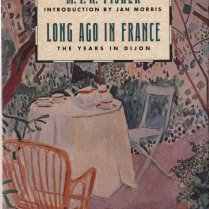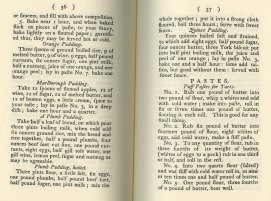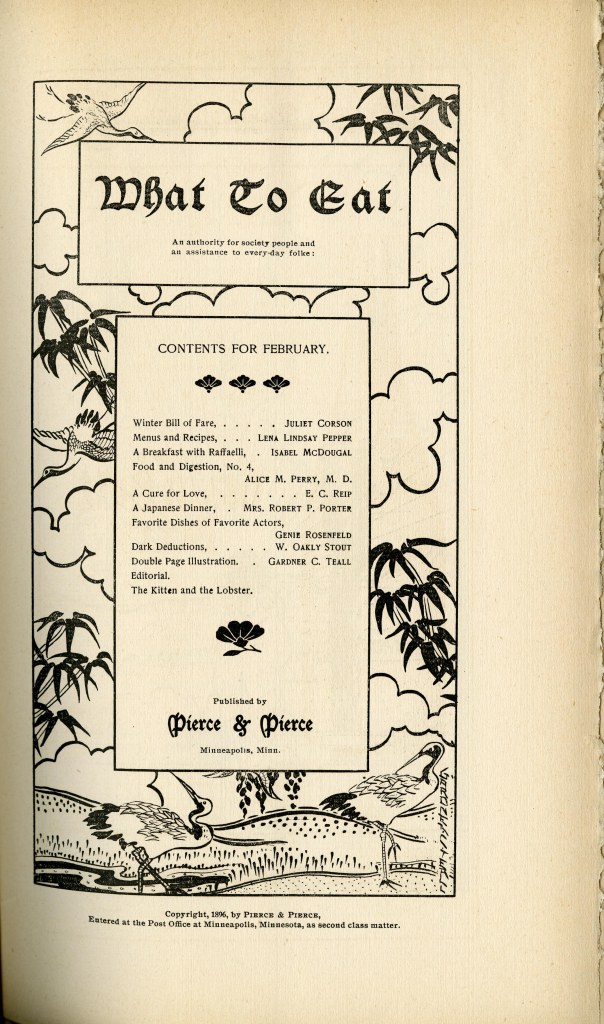The majority of our staff was off at a conference last week and I, for one, took advantage of a great food scene. Playing catch up hasn’t left me with too much time to ponder a feature this week, but I thought I’d take a few minutes to post updates on some resources from Special Collections on the topic of food & foodways research. Since I last posted a link to these resources back in January of 2017, I’ve added at least one more.
The “Food & Drink History Resources @Virginia Tech” resource guide was created back in 2014 and there is a previous blog post about it. Since then, I’ve made period updates to content, fixed links, and tinkered a little bit with the layout, but it’s largely the same guide and serves the same purpose as when it was first created.

After that, I created a guide for the materials relating to infant, child, and family nutrition. This was partially to highlight this group of materials AND partially a response to a class I was working with at the time. It includes information about the collection, how to locate books and manuscripts in the collection, and some suggested online tools and resources.

Of course it didn’t take me long to get into the cocktail history materials, either. The guide for this group of materials is organized by time period and highlights some of the significant “eras” of cocktail culture in America. Each section includes a short introduction and a list of suggested resources. I’ve also put together some more general cocktail history and online tools.

Last (for now!), but certainly not least, at the start of this year, I put together a resource guide for the Introduction to Appalachian Studies course offered at Virginia Tech. It includes a breakdown of Appalachian resources by format and topic.

One of the major sections is dedicated to food & foodways. It contains suggested resources in Special Collections relating to food items (i.e. cookbooks and research on food), as well as books about traditional folk medicine, farming, and agriculture. It’s a little bit broader that “just” food, but it’s another helpful place to collate information!
I’m still working on the latest guide, which will focus on aspects of food technology and production. I’m looking forward to getting it completed (or at least enough of it to go live), since this will talk about some other aspects of food history not covered in the same detail on other guides. This will include aspects of food technology, agriculture, food science, transportation of food products, manufacturing, advertising, and more!
So, if you’re doing any summer research on food, some of the resources above might help you out! The majority of the content covers print and manuscript materials housed in Special Collections, but most guides also contain some online resources, tools, and digital collection you can access wherever you are!
Also, in the realm of manuscript collection updates, just this week, I processed the remaining backlog of the Ann A. Hertzler Collection. The finding aid has been updated and it includes materials donated by the late Dr. Hertzler in 2014: research and subject files on foods and people in the culinary history world, as well as several small boxes of magnets and other small artifacts. We moved of the digitized items that weren’t from Cooperative Extension to the same platform and updated the links. Digitized items from her collection are online via the Special Collections website. Digitized Cooperative Extension publications authored or co-authored by Dr. Hertzler are available through the university’s institutional repository.

















































